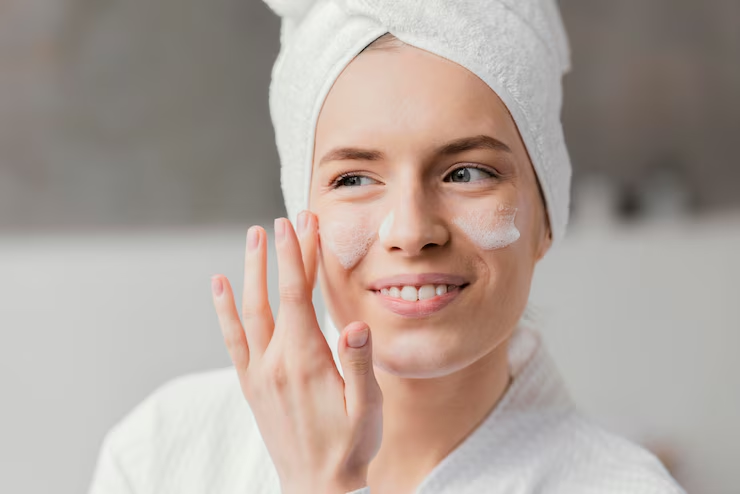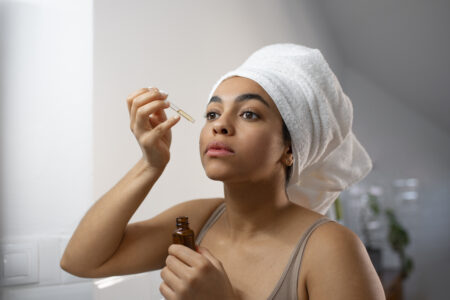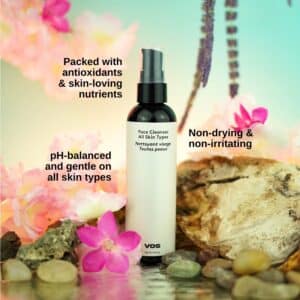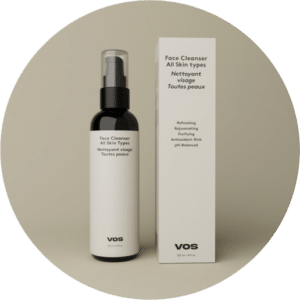A consistent skincare routine starts with the basics, and one of the most essential steps is cleansing your face every morning. Proper face cleansing not only removes oil and impurities but also prepares the skin for the day ahead. If you’re looking to improve the health of your skin, learning the right face cleanser techniques can make a noticeable difference. This article provides practical face cleanser tips to upgrade your morning skincare routine with simple changes that deliver long-term benefits.
Why Morning Cleansing Matters
Maintaining Skin Health from the Start of the Day
Many people believe that washing their face at night is sufficient. While evening cleansing is essential, morning cleansing is just as important. During sleep, your skin undergoes regeneration. Sebum, dead skin cells, and sweat can build up on the surface overnight. A gentle morning cleanse helps remove these substances and keeps pores from becoming clogged.
Cleansing in the morning also allows your skin to better absorb subsequent products like toners, serums, and moisturizers. Without a clean surface, active ingredients may not be as effective.
How to Choose the Right Face Cleanser
1. Know Your Skin Type
Understanding your skin type is the first step in choosing the right cleanser. Here’s how to determine what may work best:
- Oily Skin: Gel or foaming cleansers that reduce excess sebum without over-drying.
- Dry Skin: Cream-based or hydrating cleansers that restore moisture.
- Combination Skin: A balanced formula that controls oil while maintaining hydration.
- Sensitive Skin: Fragrance-free and alcohol-free cleansers to minimize irritation.
Avoid using the same product as someone else unless your skin types match. What works for one may not work for another.
2. Check the Ingredients
Some ingredients can strip the skin, while others support skin health. Look for cleansers that contain:
- Glycerin or hyaluronic acid for hydration
- Salicylic acid or benzoyl peroxide for acne-prone skin
- Ceramides for skin barrier support
Avoid products with sulfates, parabens, or added fragrances if your skin is prone to dryness or irritation.

Proper Face Cleansing Techniques
1. Wash Hands First
Before touching your face, clean your hands thoroughly. This reduces the transfer of bacteria and dirt from your hands to your skin.
2. Use Lukewarm Water
Hot water may feel refreshing but can damage the skin barrier, leading to dryness or sensitivity. Cold water doesn’t effectively dissolve oils. Lukewarm water is the best option for face cleansing.
3. Apply a Small Amount of Cleanser
A coin-sized amount is generally sufficient. Apply the cleanser using your fingertips—not a washcloth or sponge—to reduce friction and irritation.
4. Use Gentle, Circular Motions
Spend at least 30 to 60 seconds cleansing your face using small circular motions. Focus on areas prone to oil buildup, such as the forehead, nose, and chin.
5. Rinse Thoroughly
Ensure no cleanser residue remains, as this can lead to irritation or clogged pores. Rinse with lukewarm water until the skin feels clean.
6. Pat Dry with a Clean Towel
Always use a clean, soft towel to gently pat the skin dry. Avoid rubbing or using a dirty towel, as it can cause breakouts or skin damage.
How to Upgrade Your Morning Skincare Routine
- Start with a Cleanser That Matches Your Needs
A good cleanser is foundational to your routine. Once you’ve identified your skin type and selected a cleanser that suits it, make it a habit to cleanse every morning.
- Follow with Toner or Facial Mist (Optional)
After cleansing, you may apply a toner or facial mist to refresh and balance the skin’s pH. Choose alcohol-free toners to prevent dryness.
- Use a Targeted Serum
Serums offer concentrated ingredients for specific concerns such as dullness, acne, or fine lines. For morning use, consider vitamin C for its antioxidant properties.
- Moisturize Properly
A lightweight moisturizer protects the skin barrier and prevents dryness throughout the day. If you’re layering products, wait a minute between steps to allow absorption.
- Apply Sunscreen as the Final Step
Sunscreen is non-negotiable in any daytime skincare routine. Look for SPF 30 or higher with broad-spectrum protection. Apply it generously even on cloudy days.
Adjusting Your Routine Seasonally
Your skin’s needs can vary based on the time of year. During colder months, you may need a more hydrating cleanser and a richer moisturizer. In warmer months, lighter formulations and gel-based cleansers may be more suitable.
Monitoring your skin regularly will help you decide when adjustments are necessary.
Natural Alternatives and Minimalist Routines
If you prefer a minimalist routine or have sensitive skin, a simplified approach with fewer products can still be effective. Some people opt for oil cleansing or use products with fewer synthetic ingredients. However, even natural ingredients can cause reactions. Always patch test new products before full use.
When to Seek Professional Advice
If you experience persistent breakouts, redness, or irritation despite proper cleansing, consider consulting a dermatologist. Skincare professionals can help diagnose conditions such as rosacea, eczema, or acne and recommend suitable treatment options.
Final Thoughts
Morning skincare sets the tone for your day, and proper cleansing plays a central role. By learning how to cleanse correctly and selecting products suited to your skin type, you can improve your skin’s texture, clarity, and resilience over time. Small changes—such as using lukewarm water, choosing the right cleanser, and avoiding harsh scrubbing—can yield significant results.
Whether you follow a basic routine or include several steps, consistency and product selection are key. Use these face cleanser tips to upgrade your morning skincare routine and support healthier skin every day.







